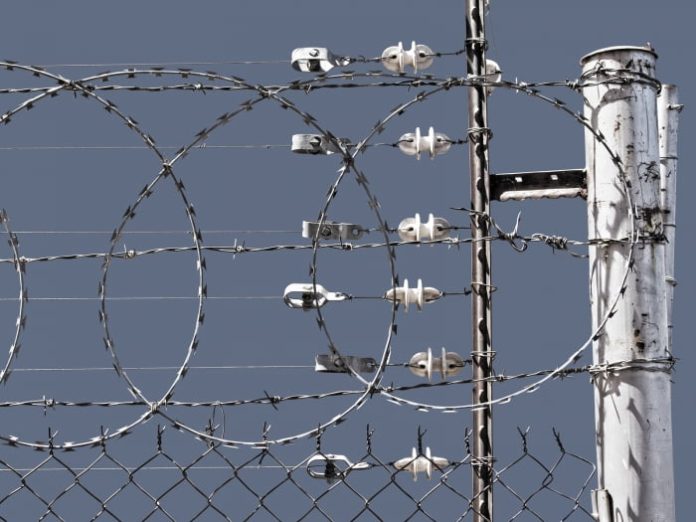External Sensor Considerations
♦ External Sensor Considerations – When thinking about installing external sensors there’s plenty to keep in mind.
Key to successful deployment of external sensors is ensuring the devices, their technologies and the environment are balanced in a way that reduces false alarms and maintains catch performance.
Using electronic security in external and perimeter applications imposes a different and elevated requirement on every aspect of an installation. It’s not only that devices and their infrastructure will need to be IP66 and IK10 rated against weather, dust and impact, they will also need to be protected against the impact of sunlight, and maintenance will be more important, too.
The nature of the application will play into decisions. The integrator and security manager will need to think about must-have coverage – a little less might be more reliable – as well as considering the nature of the weather, contours of the site, the presence of wildlife, adjacent traffic and pedestrians, pollutants in the atmosphere, the security profile of the application.
For instance, on flat ground microwave or infrared solutions might be an ideal choice. If the terrain is uneven, then E-field, fibre optics or fence disturbance sensors might be perfect. If the site can not tolerate a breach, then pulsed fencing comes into play.
As part of your deliberations, you’ll need to think about the required zone length. In very large application you need to ensure zones are no more than 100 metres long to make response easier. Bear in mind that different technologies have different zone length potentials, while others – fibre optics – allow very precise mapping of alarm event locations.
Weather is another important factor to consider. Should the site be constantly subjected to fog, snow and heavy rain, certain technologies will be at a disadvantage during extreme weather. Deep snow will impact on photoelectrics and microwaves, while frozen ground will impact on buried cable sensors.
If the site is forested, this will impact on the technologies that can be deployed. Long grass can activate microwave sensors and it may impact on some infrared sensors, while bushes growing up into an E-field detection zone may also cause false alarms. Vegetation can be strictly managed to remove the issue, but it must be managed, or the system will be plagued with false alarm issues. Wildlife, farm or domestic animals will also impact on system sensors and their presence must be factored into planning.
The latest solutions use clever software and circuit designs to reduce the impact of false alarm triggers but you will need to select the right technology and apply it properly in order to ensure best possible system reliability and performance. Another possibility when faced with challenging environments is supporting more traditional perimeter sensors with optical and thermal cameras enhanced by clever video analytics.
#SEN #SENnews #security #electronics









